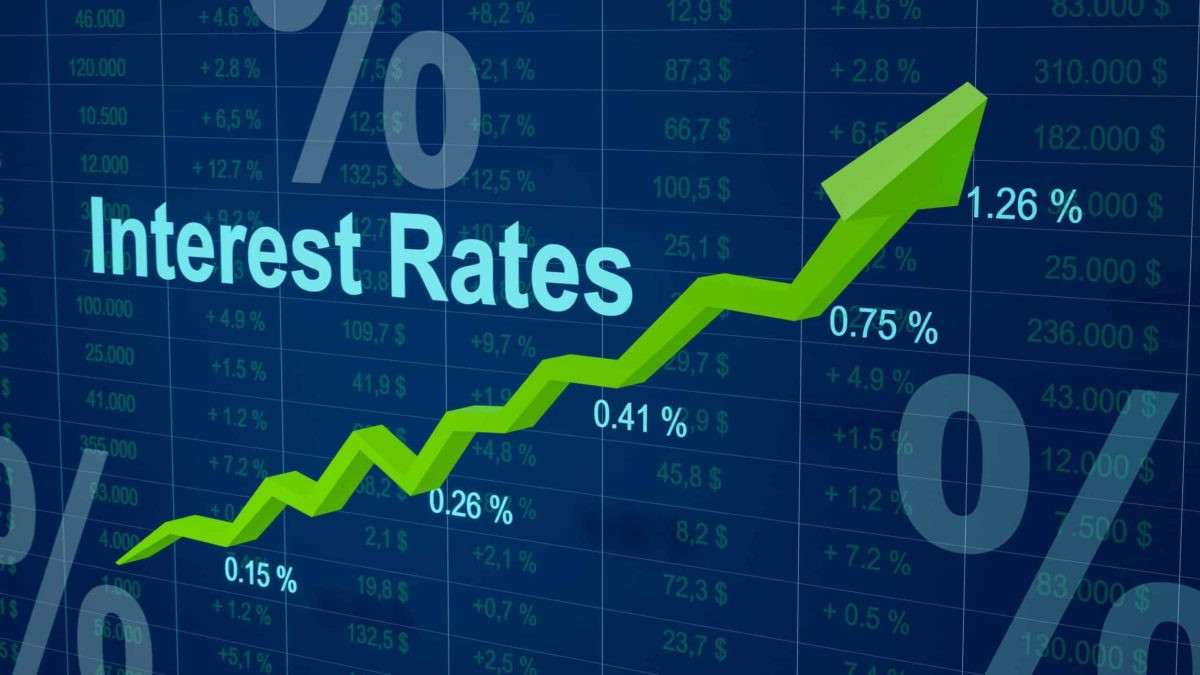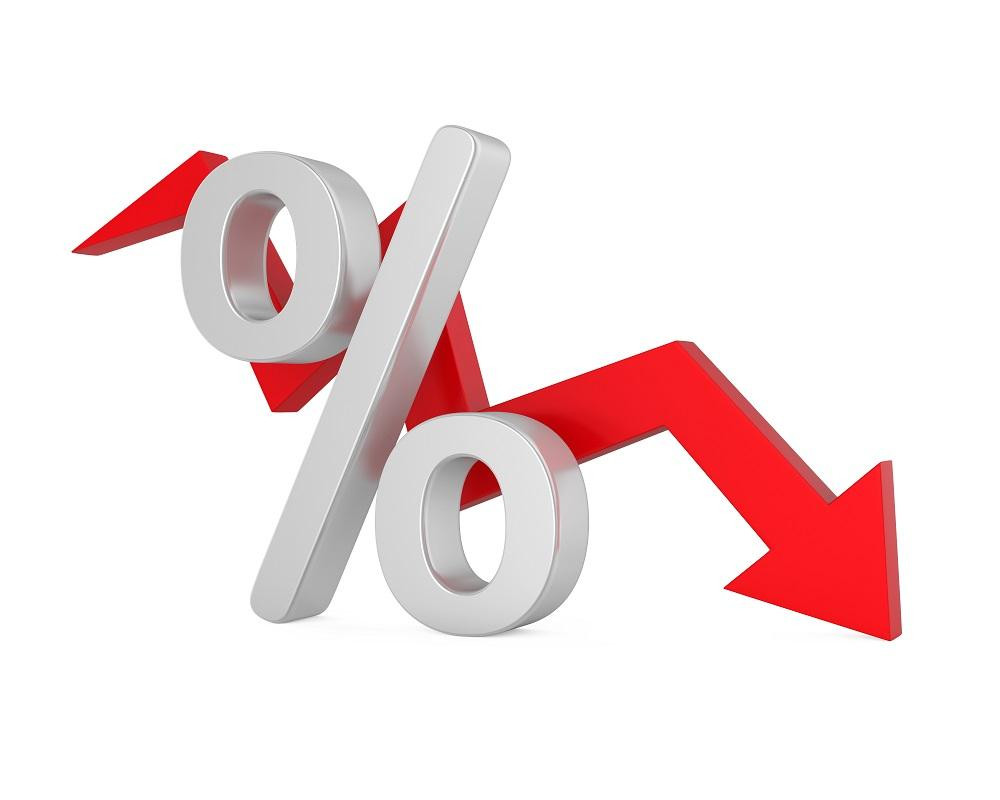Treasury Yields Rise as Inflation Data Signals Less-Aggressive Fed Rate Cuts
U.S. Treasury yields rose on Friday as inflation data reinforced the outlook for a less-aggressive pace of Federal Reserve interest-rate cuts starting next month and investors anticipated an increase in global bond supply.
Most yields reached their highest levels in more than a week in U.S. late-afternoon trading as focus increasingly shifted from the day’s economic data to the outlook for heavy supply of new corporate and European government debt. Long-maturity yields rose the most, with the 30-year climbing as much as 8 basis points to 4.23% and approaching its highest level relative to the five-year since 2022. The 10-year yield nearly exceeded the two-year for only the second time in the past two years.
Inflation Data Fuels Shift in Fed Rate Cut Expectations
Earlier in the day, short-dated Treasuries saw the biggest yield increases after the inflation gauges embedded in July personal income and spending data rose in line with economist estimates. The data chipped away at expectations the Fed would cut rates by more than a quarter point initially. Focus then shifted to next week’s pivotal August labor-market data and an expected slew of new corporate bond offerings.
“We are in a watching-and-waiting period” for employment data “that won’t be enough to push the Fed into a fifty-basis-points cut,” said Padhraic Garvey, head of global debt and rates strategy at ING Financial Markets. “But big picture, Treasuries have had a decent run over the last few months.”
Market Pricing in Rate Cuts, But Focus Shifts to Bond Supply
The rise in yields left intact the steep gains the world’s biggest bond market has accumulated in August as Fed policymakers indicated a September rate cut is likely. Swap contracts fully price in a quarter-point move and about 20% odds of the half-point cut forecast by at least two large US banks. They continue to almost fully price in a half-point rate cut at some point this year, anticipating cumulative easing of almost 100 basis points over the Fed’s three remaining policy meetings.
“Consumer spending continues to surprisingly exceed all expectations, a clear indication that the economy continues to be in good shape with solid above-trend growth,” said Olu Sonola, head of US economic research at Fitch Ratings. “A 25-basis-point interest-rate cut is pretty much set in stone in September, but the Fed will still hope the jobs report next week does nothing to pile on the pressure for a 50-basis-point cut.”
Fed Signals Rate Cut as Bond Market Anticipates Supply
At the annual Jackson Hole symposium last week, Fed Chair Jerome Powell said “the time has come for policy to adjust,” marking a turning point in the central bank’s battle against inflation. The Fed has maintained a target range of 5.25% to 5.5% for the benchmark rate since July 2023.
Friday’s flows probably included ones tied to corporate bond offerings anticipated for next week. September is historically a heavy month for new corporate bond sales, concentrated in the several days after Labor Day. Also, Friday’s month-end bond index changes, which took effect at 4 p.m. New York time, were accompanied by the heaviest Treasury futures volumes of the day, and coincided with session low prices.
Market Hedging Ahead of Bond Supply and Month-End Rebalancing
“There is a bunch of supply next week out of US and Europe expected, and the afternoon rise in yields is related to hedging ahead of this,” said Thomas di Galoma, head of fixed-income trading at Curvature Securities. “There’s also likely duration position adjustments taking place related to month-end.”
Fixed-income strategists at JPMorgan Chase & Co. estimate that euro-zone government net bond supply will total nearly €26 billion next week.
The month-end rebalancing of bond indexes to incorporate new debt created during the month drives buying by passive funds in particular which can move the market in either direction depending on how accurately sellers have estimated demand.
Treasury Market Set for Gains, But Focus Shifts to Employment Data
U.S. government debt is set for a fourth-straight month of gains, the best streak in three years. Through Aug. 29 it gained 1.54% for a 2.87% year-to-date return as measured by the Bloomberg US Treasury Total Return Index.
The 10-year note’s yield slipped to a 14-month low of 3.67% in early August following weaker-than-expected July employment data and was set to end the month around 3.91%.
Employers are estimated to have added 163,000 people to payrolls in August after 114,000 in July, according the median forecast in a Bloomberg survey of economists. The unemployment rate is seeing edging down to 4.2%.
Gennadiy Goldberg, head of US interest rates strategy at TD Securities, said on Bloomberg Television the bank expects the payroll change to exceed 200,000, in which case yields have scope to rise further.
“The direction of travel is weakening,” Goldberg said, but “you’ve seen rates really rally quite dramatically over the course of the last month or so, and I think we’ve gotten a little bit ahead of ourselves.” Still, he expects a quarter-point rate cut in September and the 10-year yield to end the year at 3.4%.
Looking Ahead: Bond Supply and Employment Data in Focus
With the inflation data out of the way, market attention now shifts to next week’s key economic data, particularly the August jobs report. While a rate cut in September seems likely, the strength of the jobs report could influence the magnitude of the cut and impact Treasury yields.
In addition, the expected increase in bond supply, both in the U.S. and Europe, could continue to weigh on yields. As investors adjust positions ahead of these new offerings, volatility in the Treasury market is likely to remain elevated in the coming weeks.
Conclusion: Treasury Yields Rise on Mixed Signals, Market Focus Shifts
While the inflation data suggests a less-aggressive pace of Fed rate cuts, the market’s attention is now shifting to the August jobs report and the expected influx of new bond supply. The combination of these factors could lead to continued volatility in Treasury yields in the near term. Investors will need to closely monitor both economic data and the bond market’s reaction to these developments to gauge the direction of interest rates going forward.



















